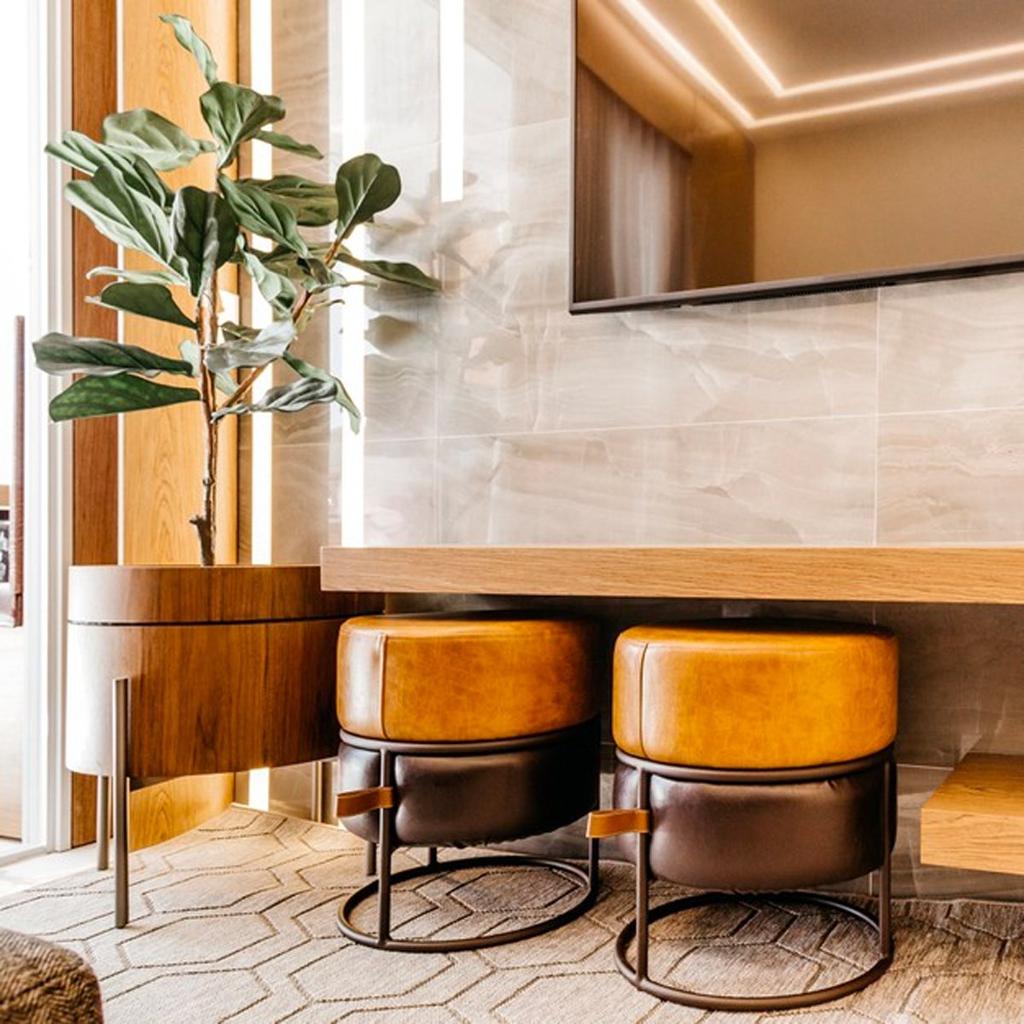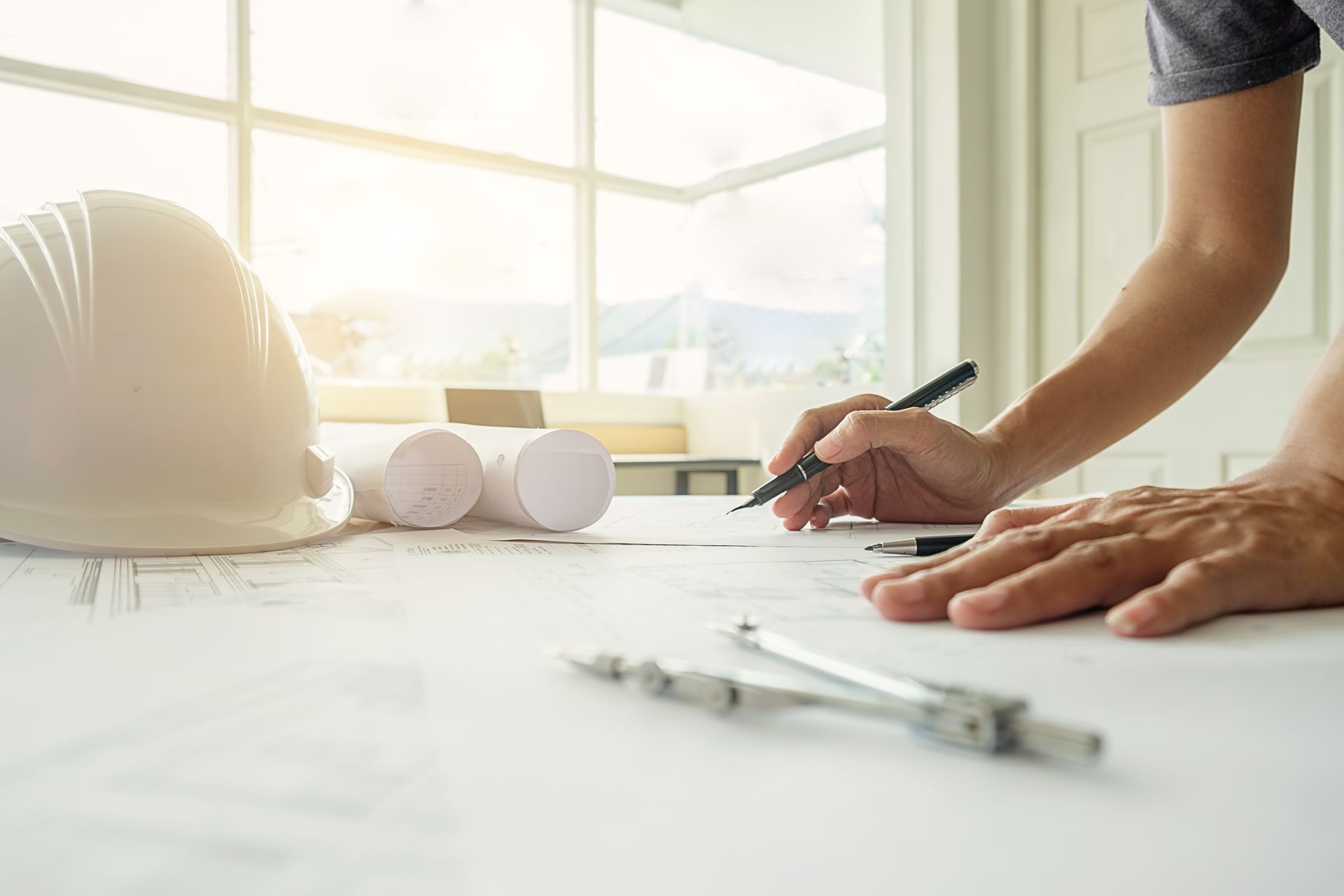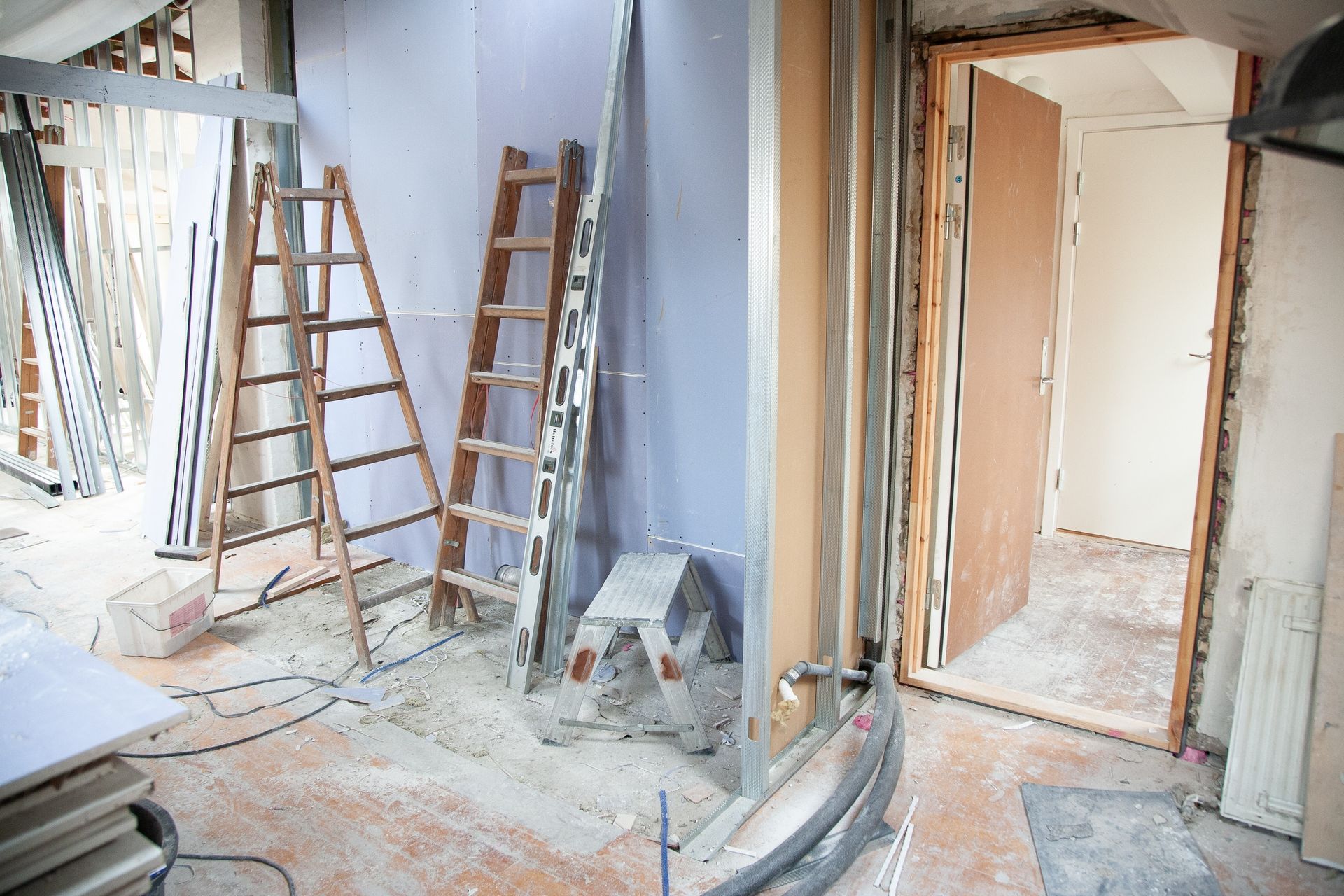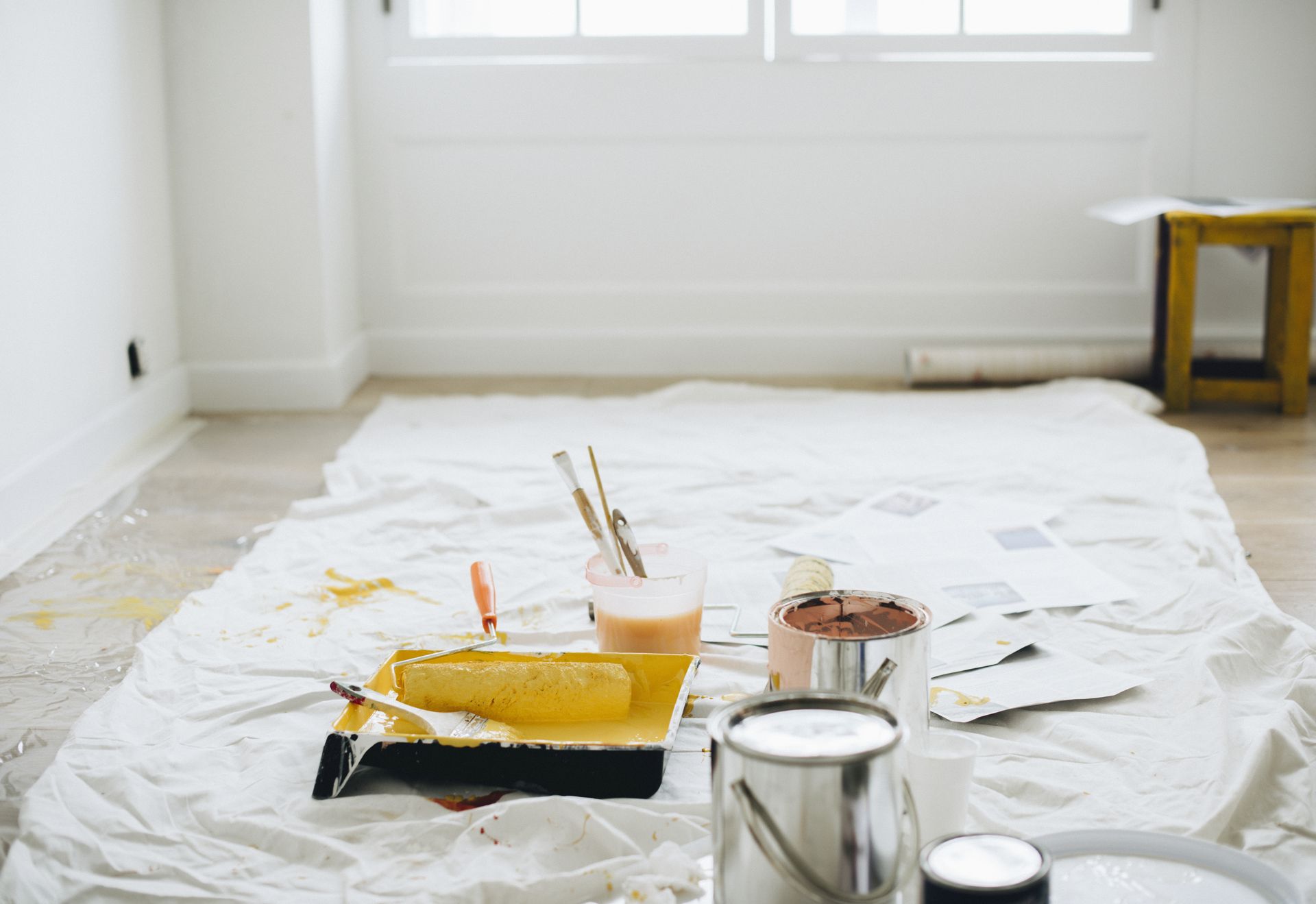
In What Order Should I Remodel My Home?
If you’re about to embark on remodelling your home, you’re probably faced with the overwhelming question of what home improvements should be done first. Particularly if you’re doing it yourself, but also if you’re hiring a construction contractor, knowing how to organise your remodel will help settle any anxieties you have and make the project seem much more manageable. This step-by-step guide offers a general rule-of-thumb for carrying out each part of the project in the right order.
1. Planning
Putting together a project timeline in MS Excel before you do anything else is the easiest way of making your remodelling project feel instantly more manageable. Include each stage on this guide and assign an amount of time to it.
Start with your ultimate deadline for completion – maybe that’s a move-in date, if you’re buying a fixer-upper; or maybe it’s your ultimate list date, if you’re a budding property developer – and work backwards. Give yourself about a month in total for planning, including stage 2 (below).
This will help you to see how much time you have to get each part of the process done. Don’t forget to include a healthy margin for delay, because home improvements rarely run to a watertight schedule.

2. Employ an architect and contractor
The first major step on your remodelling plan will be to source the people who you’re going to work with.
A bigger remodelling project will probably require you to work with an architect or interior designer so that you can effectively plan your space. Especially if you’re knocking down walls and re-routing pipes for a new kitchen or bathroom. See our guide to working with architects to get you started.
You may choose to find tradespeople like plumbers, joiners and electricians separately to carry out each part of the work, but this will require a massive amount of project management on your part. So it’s probably more straightforward to hire a contractor who’ll manage the entire process.
Many DIY stores now offer complete contracting services, but if you decide to go with a smaller independent contractor, make sure to check their qualifications and reviews.

3. Demolition
Demolition always comes before building. It should be obvious as to why. Brick dust, plaster dust and sawdust will make any new installations immediately filthy. Plus, this is the point at which you’re going to show up any toxic substances that may be lurking beneath the surface, which would likely be one of your first major timeline obstacles.
The demolition stage is when you’ll also see other deadline-threatening issues, such as load-bearing walls that may require you to adjust your architectural designs, or structural issues such as sloping floors or cracks in walls that may indicate subsidence.
On a straightforward remodel without any issues, demolition shouldn’t take more than two weeks. And, once everything that needs to be torn down is torn down, you have a clean slate from which to get started on your remodel proper.
4. Electrical, Plumbing and HVAC
Getting the wiring, plug points, sockets and switches in first not only means you’re in a good position to start enclosing them, it also means your other tradespeople will be able to switch the power on to keep working!
Your plumber should be in around the same time, getting the piping sorted. If it’s a fairly complex job and you need to re-route pipes, it might be worth getting them in after the electricians, so your tradespeople aren’t tripping over each other.
Be mindful when getting your plumbing done that outlets work with your kitchen and bathroom designs. The last thing you want is to have to forego your freestanding bathtub because the plumbing doesn’t enable it to fit.
Whilst all this is happening, you can also be getting your Heating, Ventilation & Air Conditioning (HVAC) sorted. If you’re planning to have underfloor heating, you’ll need to be mindful of trip hazards so your HVAC installer will probably come in after the electrician and plumber.
All of this shouldn’t take more than around one working week.
5. Plasterboard and plastering
If you’re in an old stone house with no new walls, it’ll be straight onto plastering here as there won’t be any plasterboard. If you have new walls or stud walls, though, your plasterer will be putting up plasterboard first.
Plastering is the first real finishing touch that will make the inside of your house start to resemble a home again. In total, plastering the whole house should take around a week to ten days.
6. Doors and Windows
If you’re having new doors and windows put in, you may wish to have them done after the plastering is finished. It might seem counterintuitive, but the passage of air through the building helps the plaster to dry more quickly.
However, if you’re worried about the builders damaging the plasterwork, you may wish to switch these processes out and simply open the new doors and windows to allow the plasterwork to dry. Your contractor will probably have a preferred order, so consult with them before you make your decision.
Having your building watertight, however, means you can now get along with the process of installing the elements that might otherwise get weather damaged. Fitting doors and windows should take around five days in total.

7. Painting
The best time to paint the walls is before you lay any flooring or install any units for the obvious reason that you won’t spill any on your surfaces.
Doing the painting now also means there’ll be lots of broad surfaces, without fussy edges to take into account, so your painter and decorator will have a much more straightforward job ahead of them. This will speed the process up.
Painting the inside of the house, before fixtures and fittings are in, should only take a week.
8. Flooring
If you’re having hardwood floors or tile floors that could be easily cracked by dropping heavy objects on them, you might want to drop flooring down your priority list a space or two.
We would argue, though, that if you have careful fitters who won’t damage it, now is the best point in the project at which to do so, because you won’t have to retrofit it around your fixtures and fittings.
If you’re laying chipboard or plywood underlay, though, this is definitely the time to do it. You can either lay the flooring panels on top of it now or wait until after the fixtures and fittings are in. Flooring should take about a week, in total, to do the whole house on a medium sized property.
9. Installing the bathroom and kitchen
Probably the most exciting part of the remodel will be the point at which you install the bathroom and kitchen. Once these parts are done, the house or apartment will really feel like a home. The first job is to do your measuring, so take a look at our guide to measuring for the bathroom.
In the bathroom, add the shower pan first (roughly at the same time as your flooring), make sure the exit plumbing is all finished, and then add the bathtub and shower system. Now fit your washbasin or vanity unit and then the toilet and bidet. Finally install your cabinetry.
In the kitchen, start with the cabinetry, then add your countertops (your installers will likely want to measure the template for the countertops with the cabinets already in place). Then get the hardware in place – doorknobs and handles – and, finally, your appliances – fridge, freezer, dishwasher and washing machine.
It should take around a week for each of these activities to be completed.
10. Wall tiling
The last job you’ll do is tiling your kitchen and bathroom walls*.
This is generally a more extensive process in the bathroom as it has to be a completely watertight space, so it will generally take a little bit longer than in the kitchen. Probably around one working week in total. Check out our guide to choosing tiles for the bathroom.
In the kitchen, fully tiled walls aren’t nearly as popular as they used to be and people tend to choose tiles only for backsplash areas behind the cooking area and kitchen sink. So this should be a less lengthy process – around two or three working days, in general.
*Note: if you tile a feature wall in any of your other rooms in, for example, brick tile, you should do this as soon as your plasterwork is dry.
Want to get some inspiration for your renovation project? More is More: The Flamboyant Appeal of Maximalism.